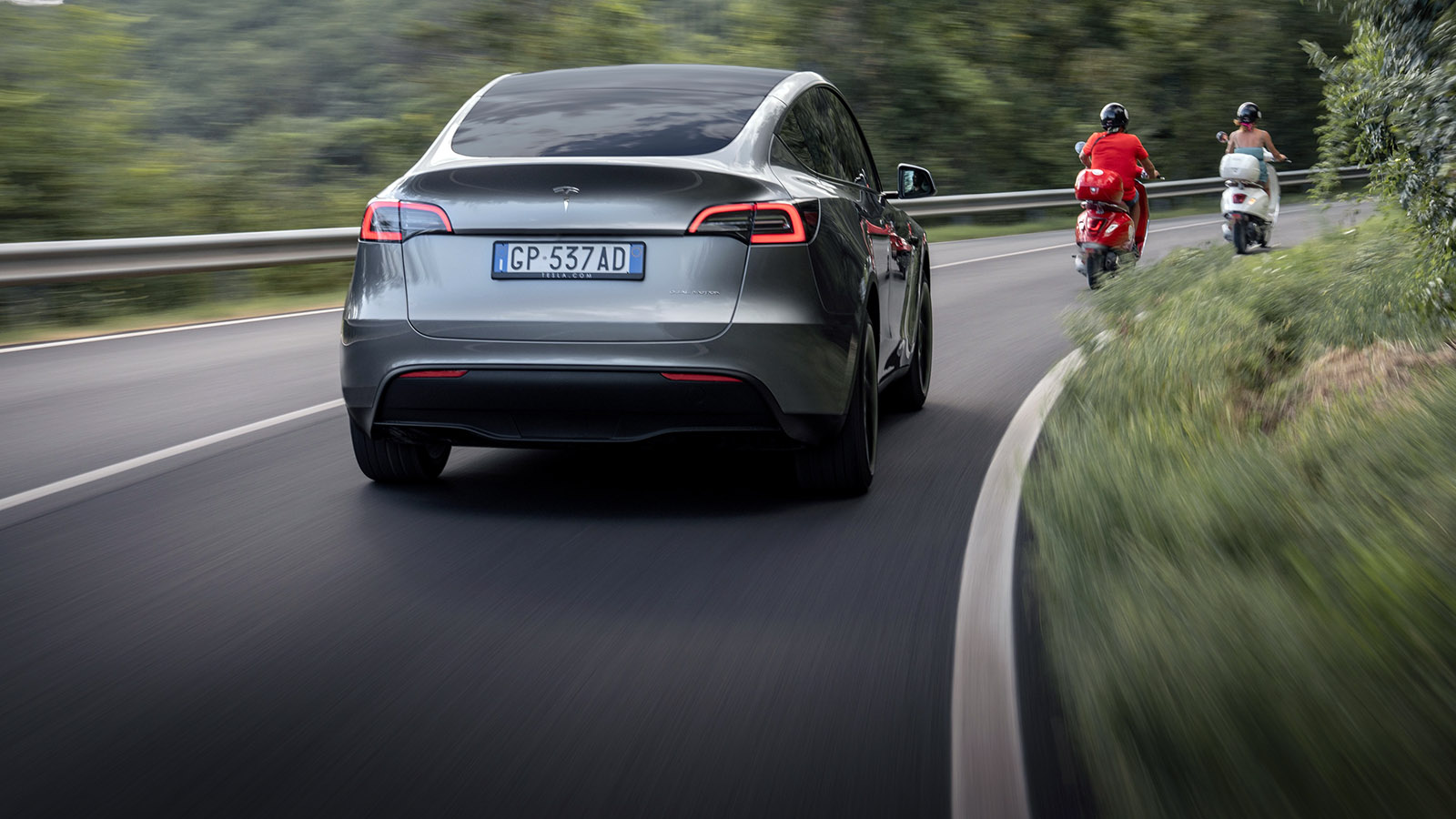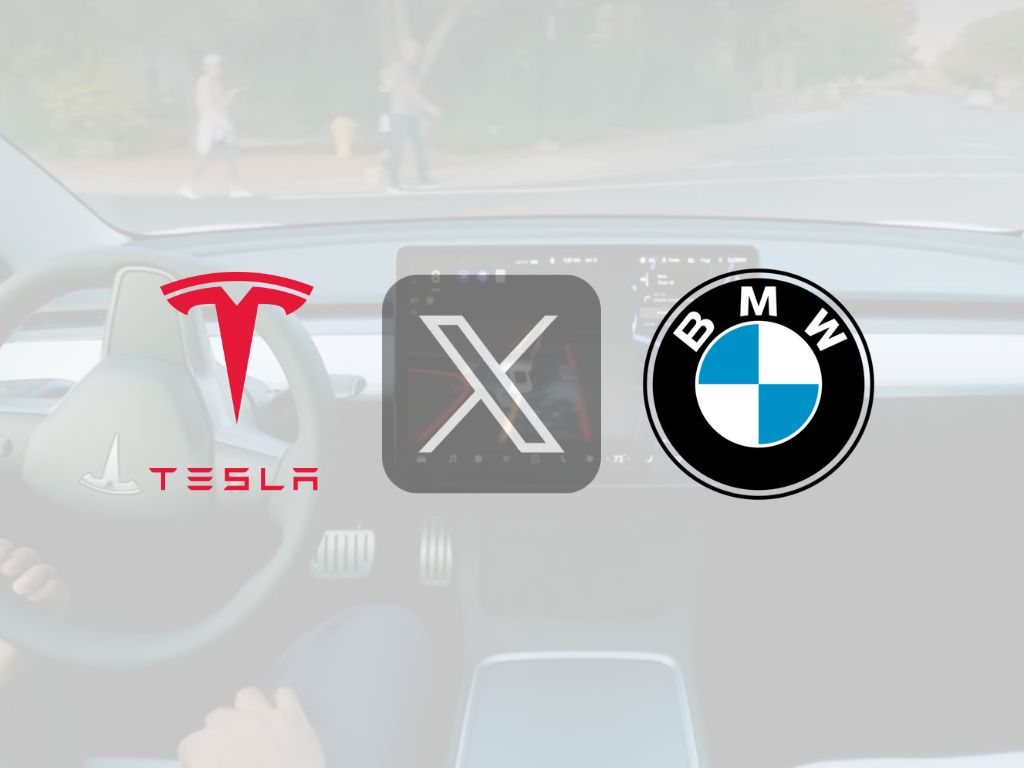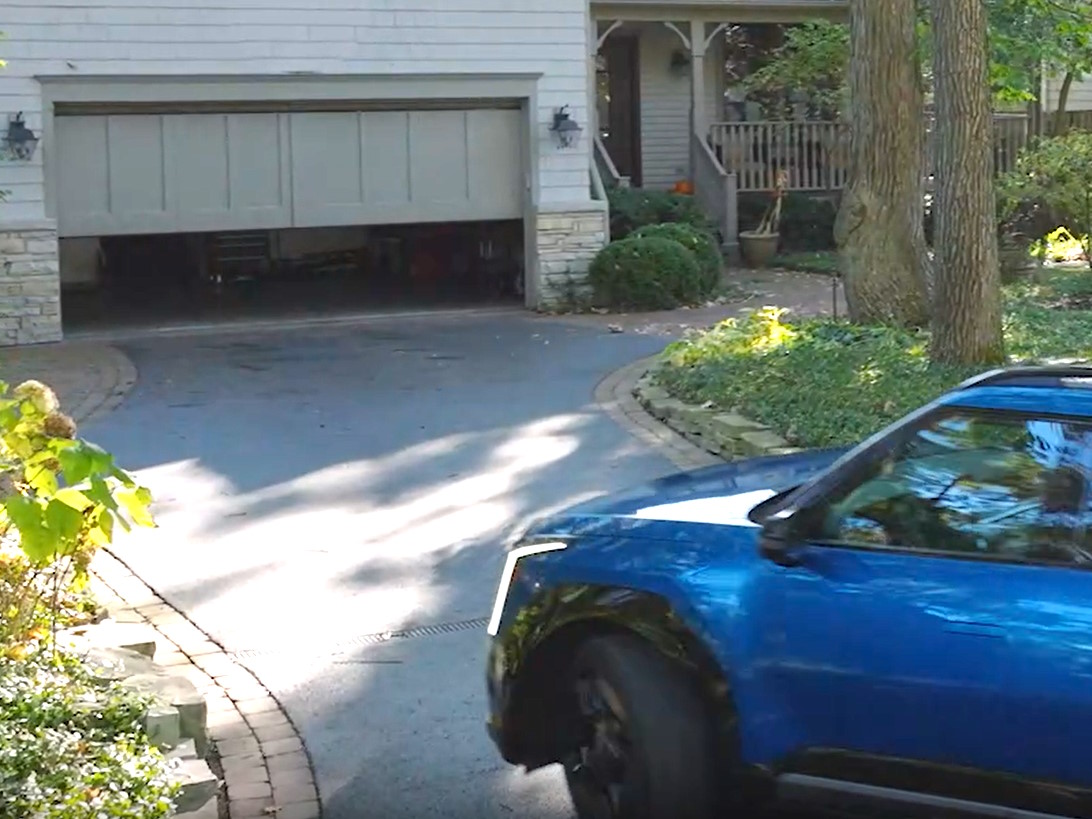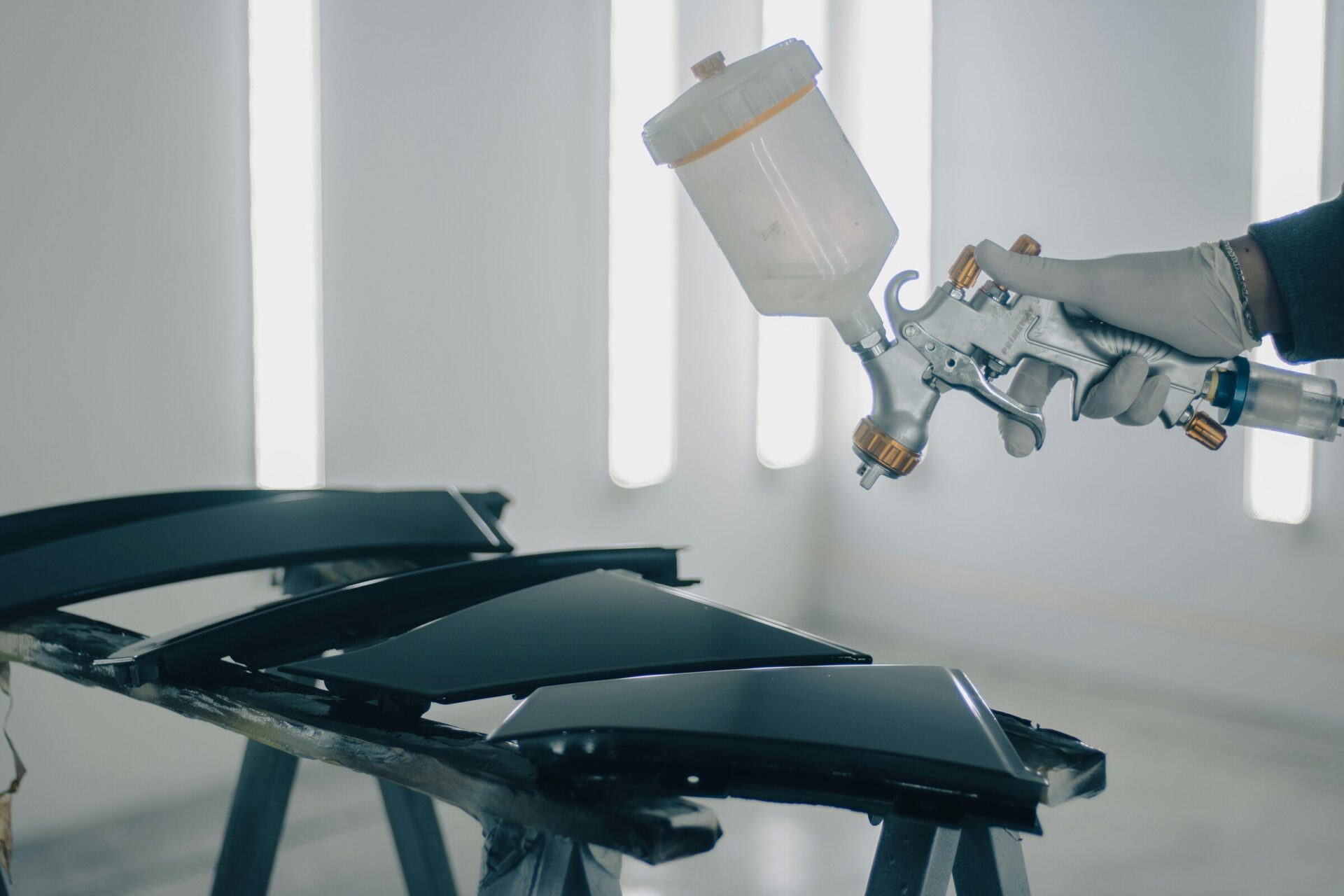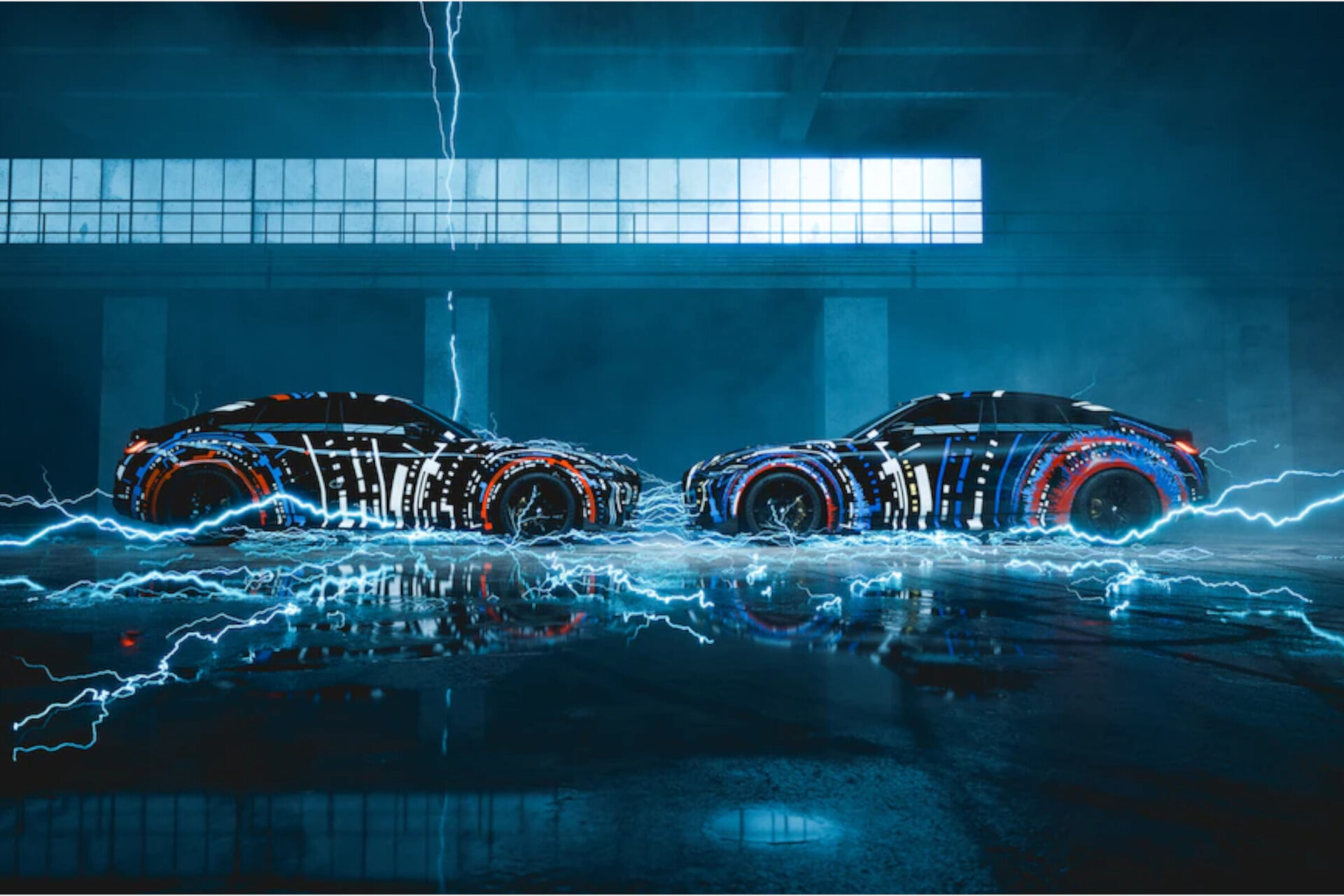Toyota has revealed its new Urban Cruiser EV aimed at the European market. This battery electric vehicle (BEV) boasts a roomy interior, partly due to a sliding rear seat design. The compact SUV measures 4,285 mm (about 168.7 inches) in length, 1,640 mm (around 64.6 inches) in height, and has a wheelbase of 2,700 mm (approximately 106.3 inches).
Different Versions Available
Customers interested in the Urban Cruiser can select from three different versions, all built on a brand-new BEV platform. The base model features a front-wheel drive (FWD) system with 144 horsepower and 189Nm of torque, powered by a 49kWh battery. The next tier also offers FWD, but with an output of 174hp and the same torque rating, paired with a larger 61kWh battery. Lastly, the premium option is an all-wheel drive (AWD) variant which provides 184hp, 300Nm of torque, and utilizes the larger 61kWh battery.
Performance Details Pending
Details on performance metrics like the estimated driving range are still pending. The FWD variant includes a unique snow mode that modifies torque to minimize wheel slip. On the other hand, the AWD model is equipped with Downhill Assist Control and a Trail Mode that can detect wheel spin and apply brakes as needed. All configurations will come standard with features such as adaptive cruise control, a collision detection system, lane-keeping assist, and 360° cameras. The debut of the Toyota Urban Cruiser EV is scheduled for the Brussels Motor Show in 2025, taking place from January 10th to 19th. The electric SUV is anticipated to hit the UK market in the autumn, although the pricing details are still unknown.
Source: Link





